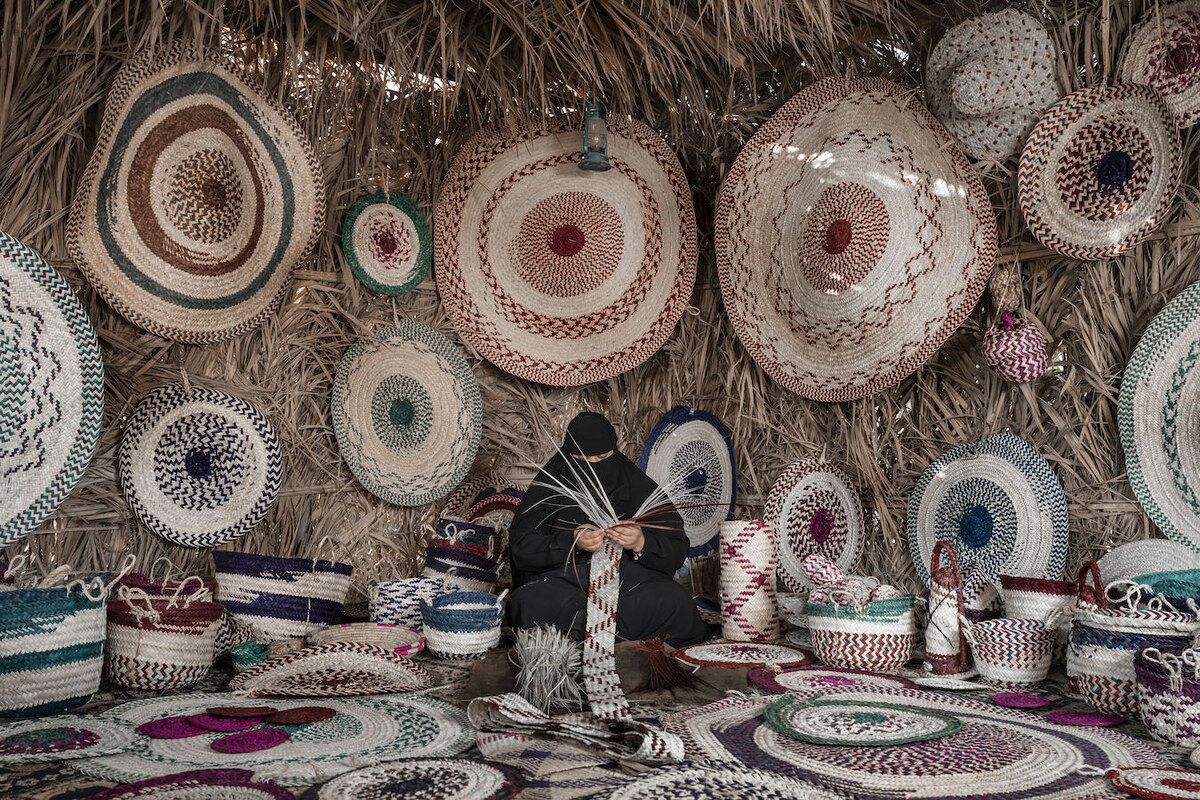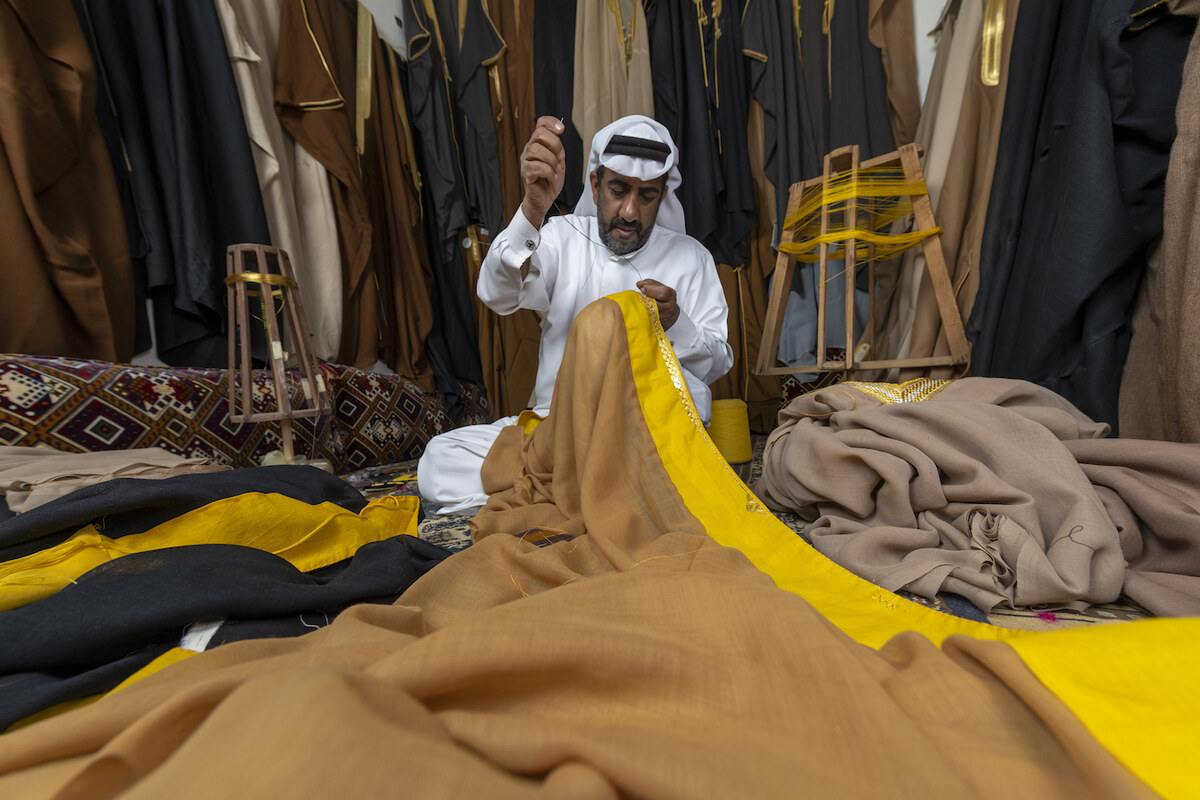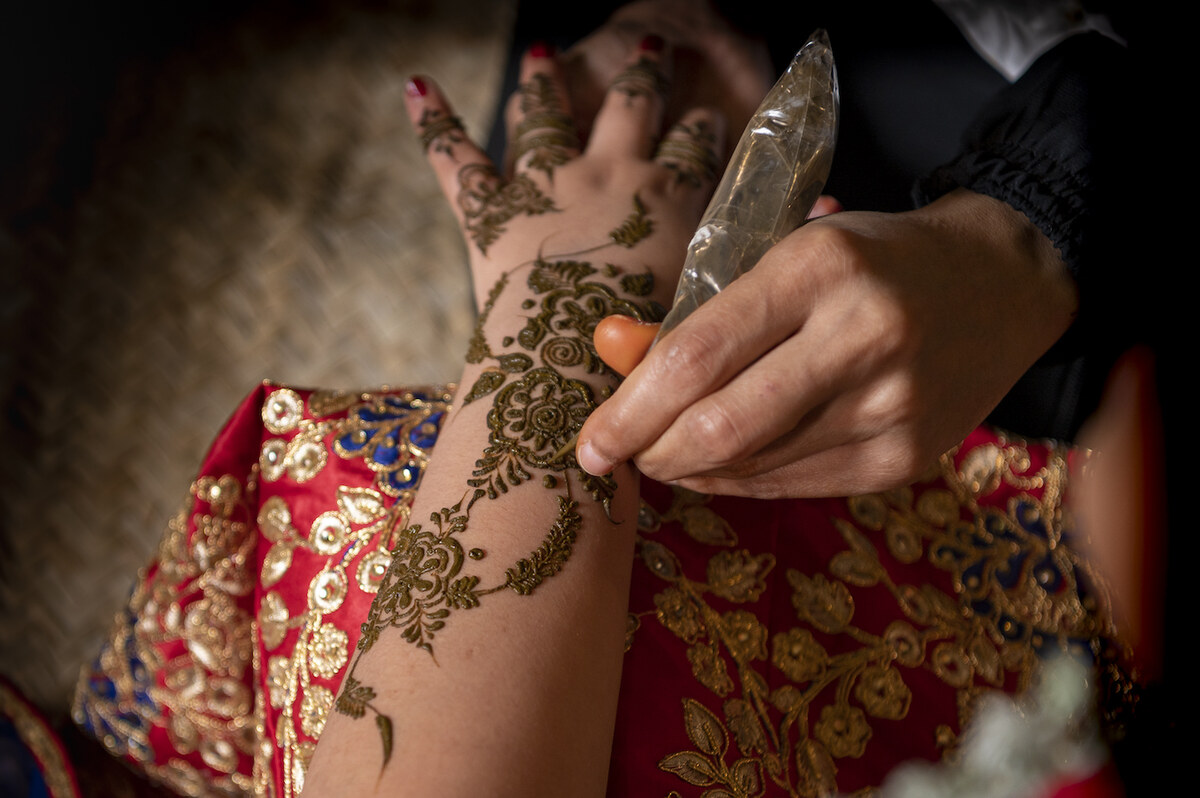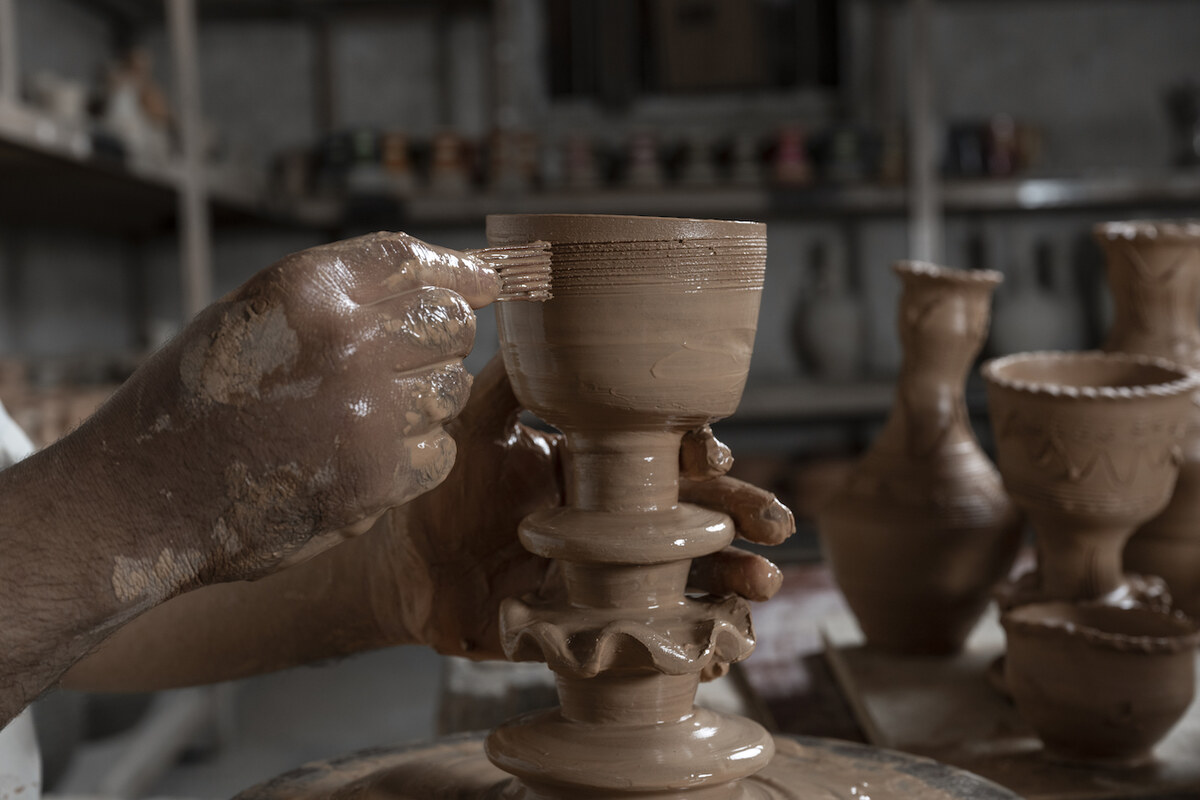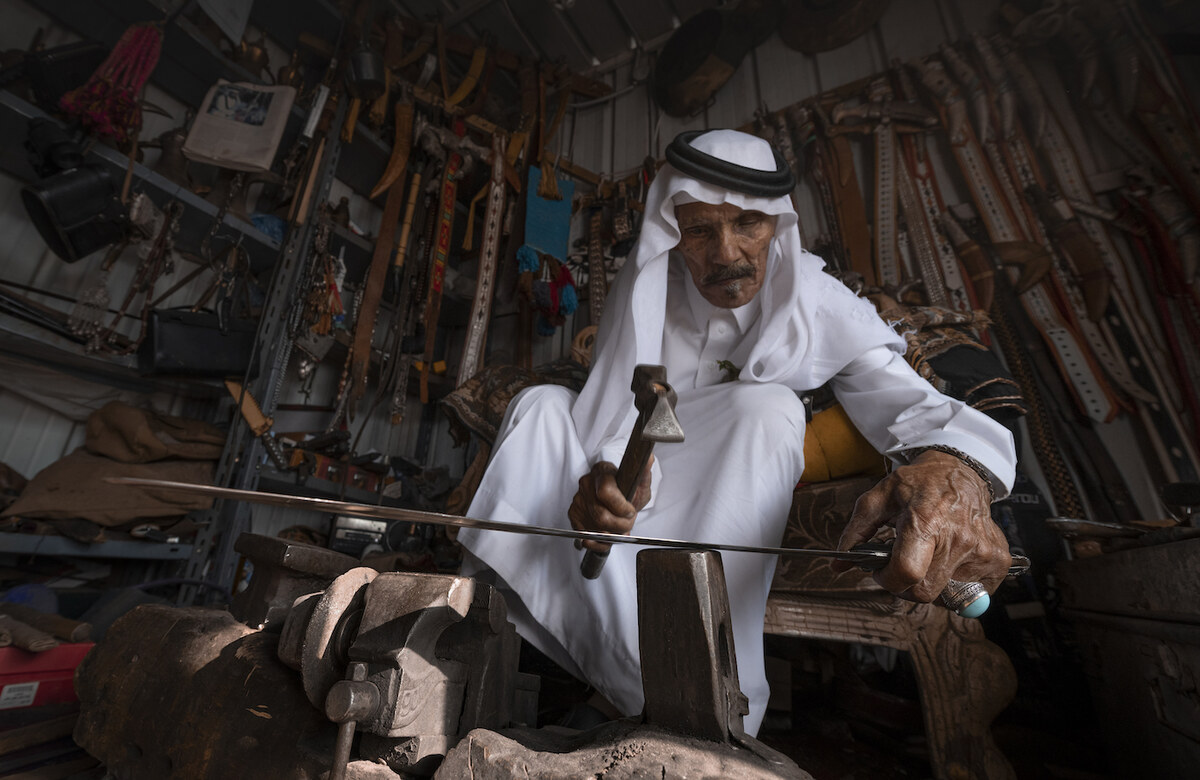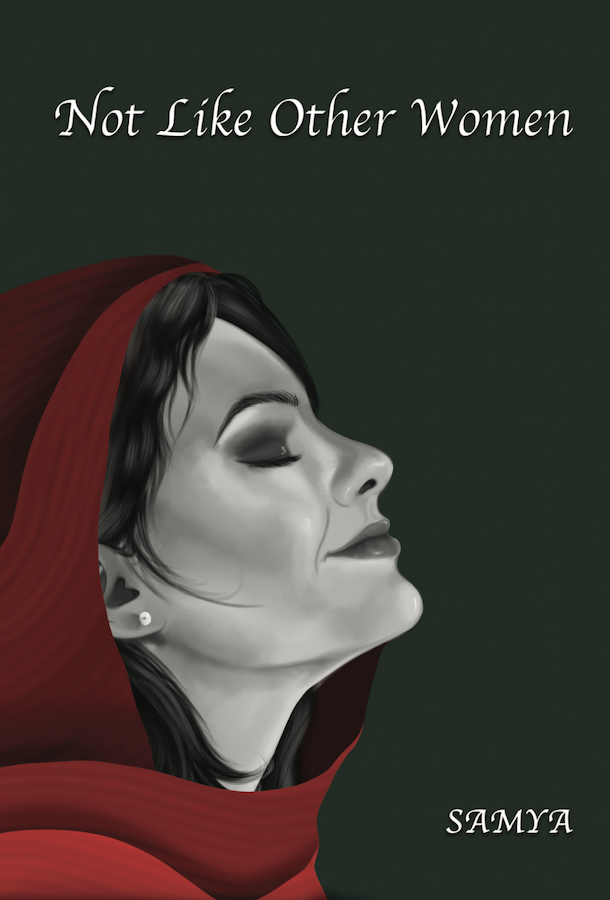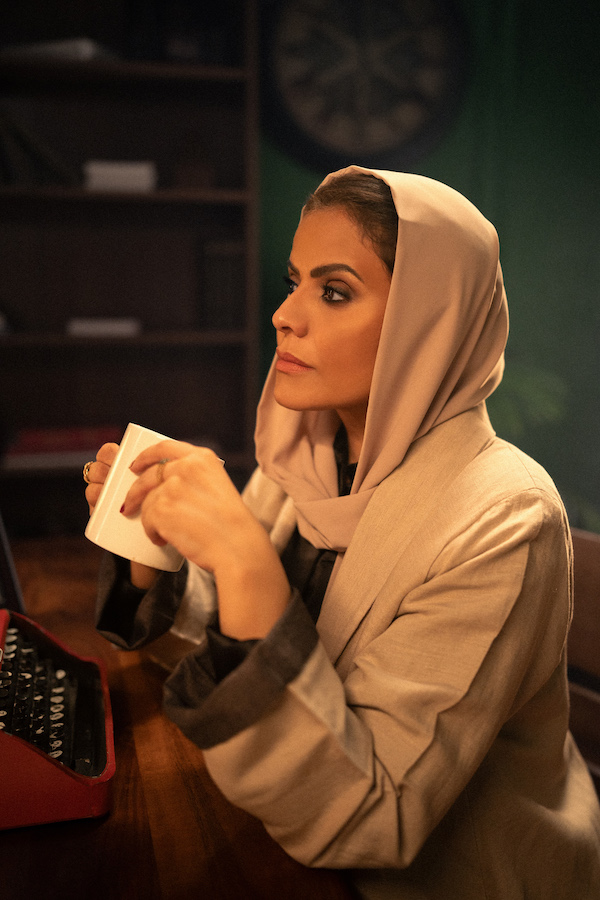DUBAI: On Feb. 8, Sotheby’s will host “Origins,” which it is billing as “the first international auction in Saudi Arabia’s history.” Alongside works from famed international artists such as Rene Magritte and Andy Warhol, and regional luminaries including Etel Adnan and Mohammed Al-Saleem, the auction will also feature a number of luxury items and sports-related lots. Many of the lots will be on display in the accompanying exhibition which runs from Feb. 1-8 in Diriyah’s Bujairi Terrace. Here, we highlight a few of the items that will feature in the sale.
Louay Kayyali’s ‘Then What??’
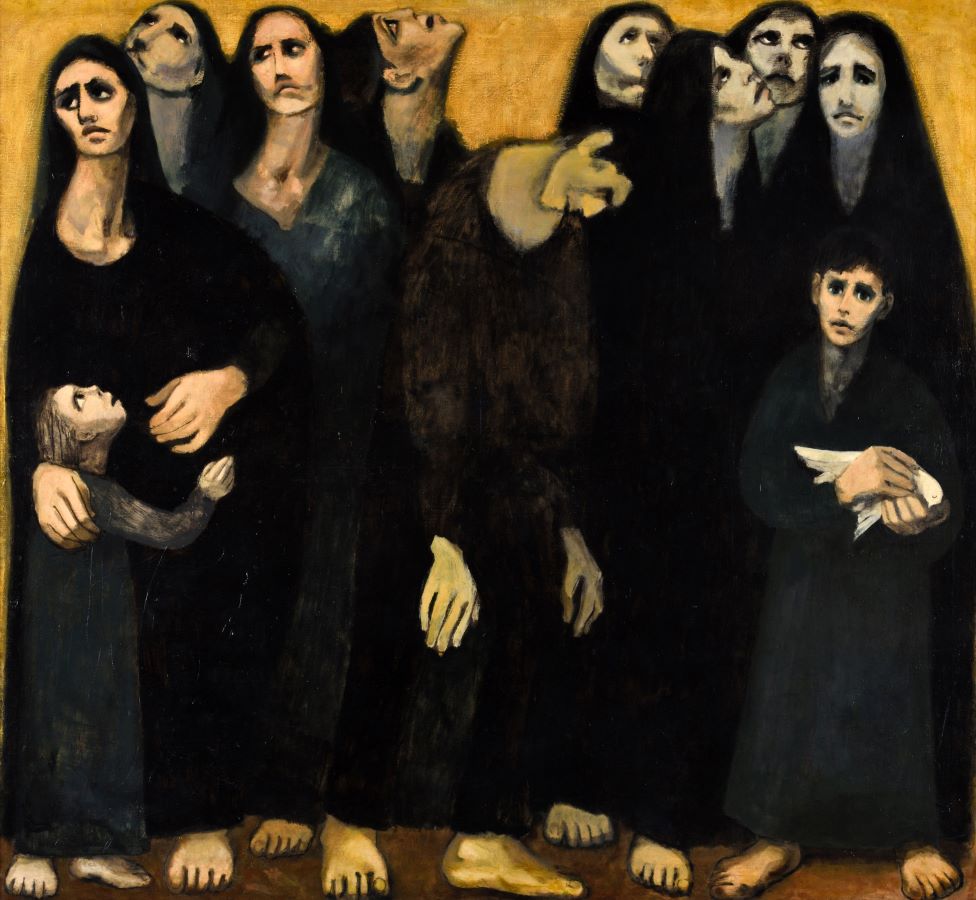
Anticipated to achieve an auction record, the expressive canvas from 1965 explores themes of exile, trauma and war, in relation to the plight of Palestinian refugees. The work will be offered from the Samawi Collection – one of the largest, and most long-standing, private collections of Modern and Contemporary Arab, Iranian and Turkish art.
Rene Magritte’s ‘L’Etat de veille’
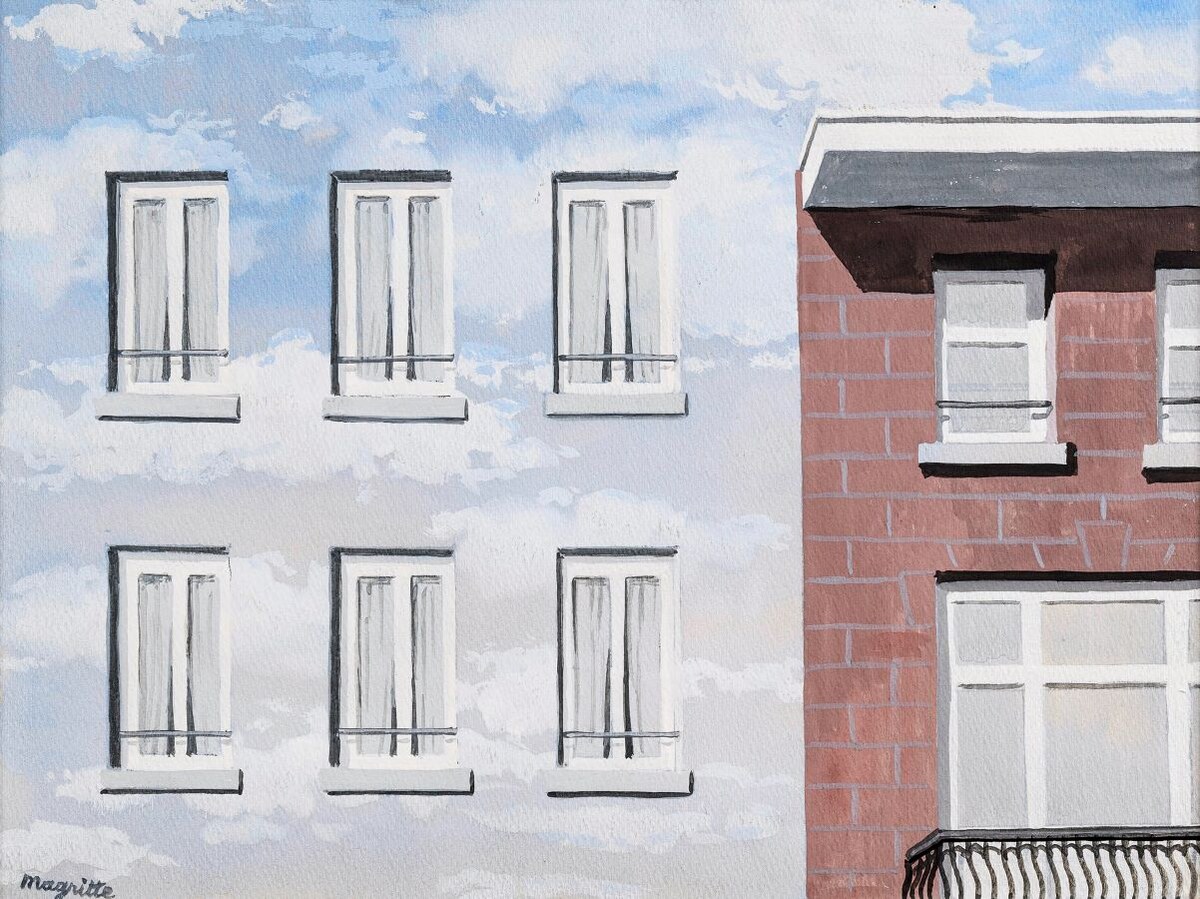
One of the world’s best-known and best-loved Surrealist artists, René Magritte is famed for his intriguing images combining everyday objects in whimsical and thought-provoking contexts. “L’État de veille” belongs to a series of dreamlike gouaches featuring several emblematic motifs: a sky filled with clouds, window frames and a house façade.
Refik Anadol’s ‘Machine Hallucinations: Mars’

The auction also features extraordinary digital art, by one of the medium’s most sought-after artists, Refik Anadol. “Machine Hallucinations: Mars” (estimate: $800,000 – $1,200,000) is a real-time generative AI painting that builds from data from a space telescope with visual memories of Mars and endlessly reinterprets this to generate hallucinatory landscapes – a reflection on the relationship between technology, AI and space exploration.
Mohammad Al-Saleem’s ‘O' God, Honour Them and Do Not Honor an Enemy Over Them’

A true pioneer, Saudi arist Mohammad Al-Saleem greatly contributed to the evolution of art in the Kingdom and currently holds the world record for any Saudi artist (set at Sotheby’s in London in 2023). “O' God, Honour Them and Do Not Honor an Enemy Over Them” is inspired by the gradating skyline of Riyadh from the desert, with both the skyline and calligraphy blended into mosaic-like designs across the surface.
Michael Jordan’s 1998 playoffs shirt

One of the auction’s top lots — expected to fetch around $1 million (SRA 3,753,740) — is this iconic No. 23 shirt, worn by the greatest basketball player of all time in the NBA playoffs of his final season with the Chicago Bulls, which has come to be known as ‘The Last Dance.’ It is, Sotheby’s states in the auction notes, “perhaps the most beloved period for the champion, as he reached the apex of his popularity and powers.” Artifacts from this period are, the auction house says, “both highly rare and coveted.”
Ruby and diamond bracelet
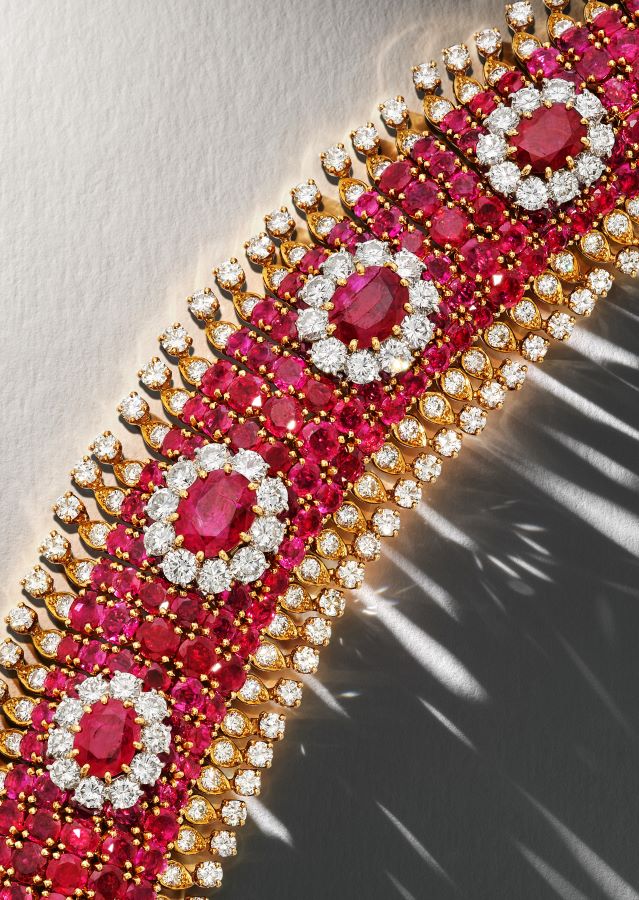
Among the many high-end jewelry pieces on offer at “Origins,” including an Art Deco sapphire and diamond bracelet, and a sapphire and diamond ring from Cartier, is this ruby and diamond bracelet attributed to US jewelry house Harry Winston, described as “an impressive and highly flexible piece crafted circa 1972.” It is expected to sell for between $210,000 and $300,000.
Cristiano Ronaldo jerseys

“Origins” will feature several shirts worn by one of the greatest football players in history: Cristiano Ronaldo. The Portuguese legend — who now lives in Riyadh and plays for Al-Nassr — has won FIFA’s Ballon D’or five times (only Lionel Messi has more) and has become synonymous with the number 7 shirt, such as this one, the Portugal jersey Ronaldo wore in the 2024 UEFA European Championships quarterfinal against France, which is expected to fetch over $50,000.
Unique commissioned Cartier Crash

“Cartier is renowned worldwide as the king of jewelers and the jeweler of kings,” the auction notes say. “Among their most famous creations is the Crash, the subject of an enduring mystique and cultural relevance.” These watches, with surrealist-inspired warped faces, were only ever produced in small quantities, and this particular model, which is expected to fetch between $130,000 and $260,000, is a true one-off, custom made in 2007 for “a top private client of the Maison.”
Hermès handbags

The auction will include several bags from the venerated French luxury fashion house famed for its exclusive handmade products/status symbols. Among them will be this limited edition Jaune de Naples Swift and Osier Wicker Mini Picnic Kelly, which is expected to fetch around $50,000 at auction, as well as “four exquisite Diamond Himalaya Birkin, Himalaya Kellys, and Constance of various sizes,” Sotheby’s says.





